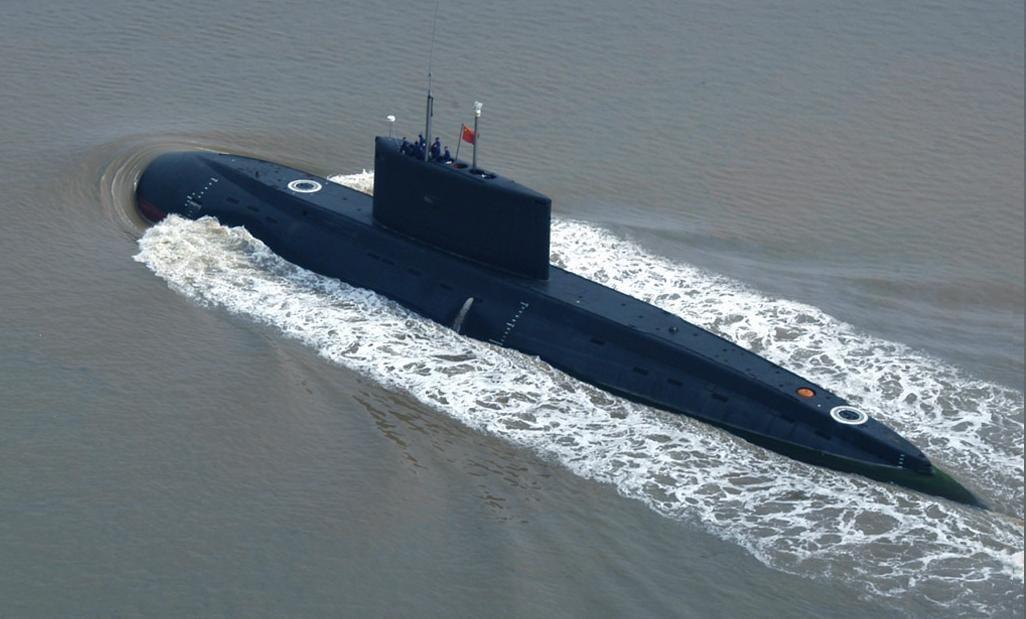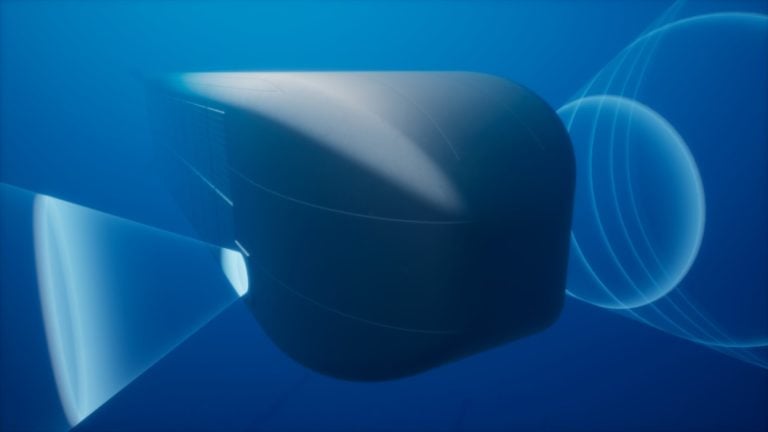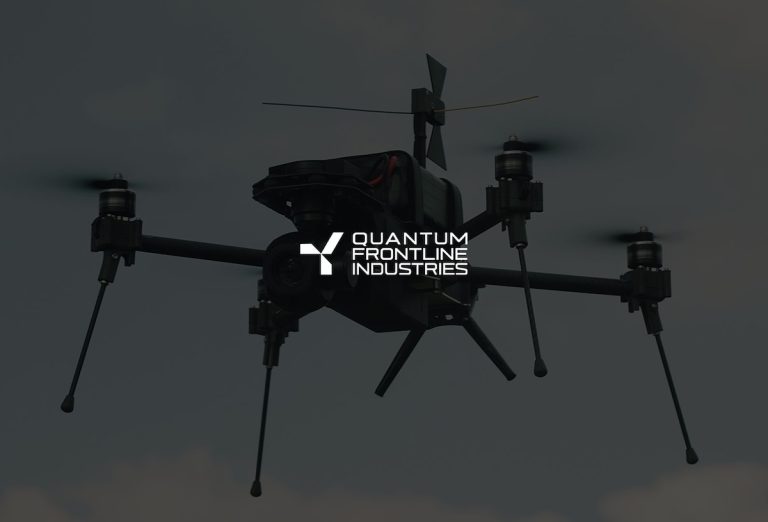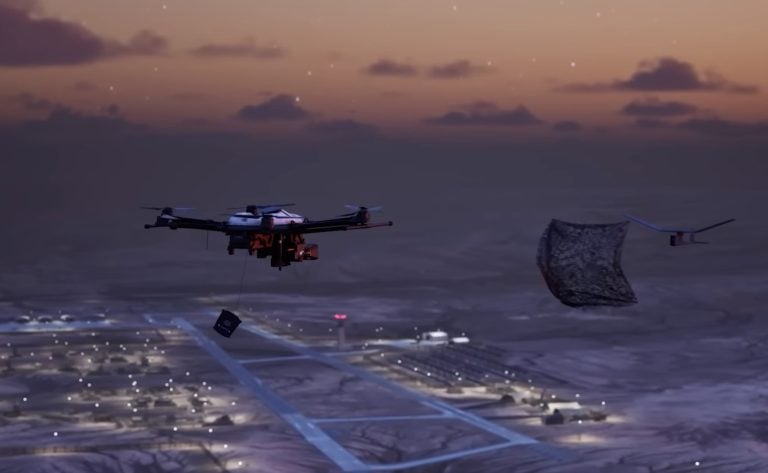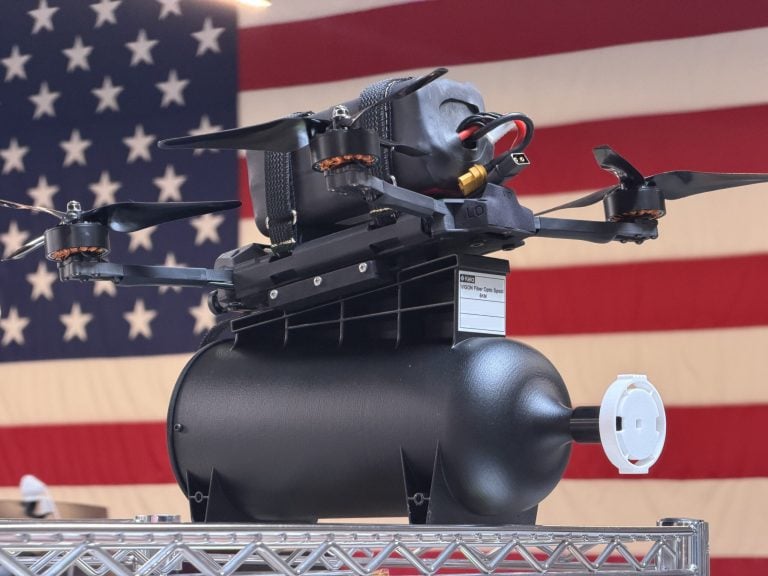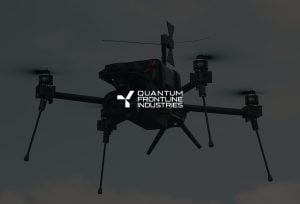China is reportedly developing a sophisticated artificial intelligence (AI)-driven targeting system aimed at enhancing the operational effectiveness of its high-speed torpedoes. This innovative technology is intended to distinguish genuine submarines from decoys, a critical capability in modern naval warfare.
According to a study published in the Chinese-language journal Command Control & Simulation, early tests of the system, created jointly by the People’s Liberation Army (PLA) Navy Armament Department and the China State Shipbuilding Corporation, have shown promising results. The AI system has achieved an impressive accuracy rate of 92.2 percent in identifying real targets versus decoys.
The significance of this development stems from the evolving landscape of underwater warfare, where adversaries are increasingly employing advanced detection tactics, including acoustic illusions and decoy swarms, to mislead torpedo systems. By integrating AI into its targeting protocols, China aims to ensure that its high-speed torpedoes remain effective against these countermeasures, thereby enhancing its maritime combat capabilities.
The potential deployment of this technology could mark a significant advancement in naval strategy, as it would reduce the effectiveness of traditional submarine defense mechanisms and enable the PLA Navy to maintain a tactical edge in underwater engagements.
As the arms race in naval technologies continues to intensify, this development reflects China’s broader ambitions to solidify its position as a formidable force within the global maritime sphere. The focus on integrating AI into military applications signifies a trend that could reshape the future of warfare, as countries explore innovative solutions to counter evolving threats.
